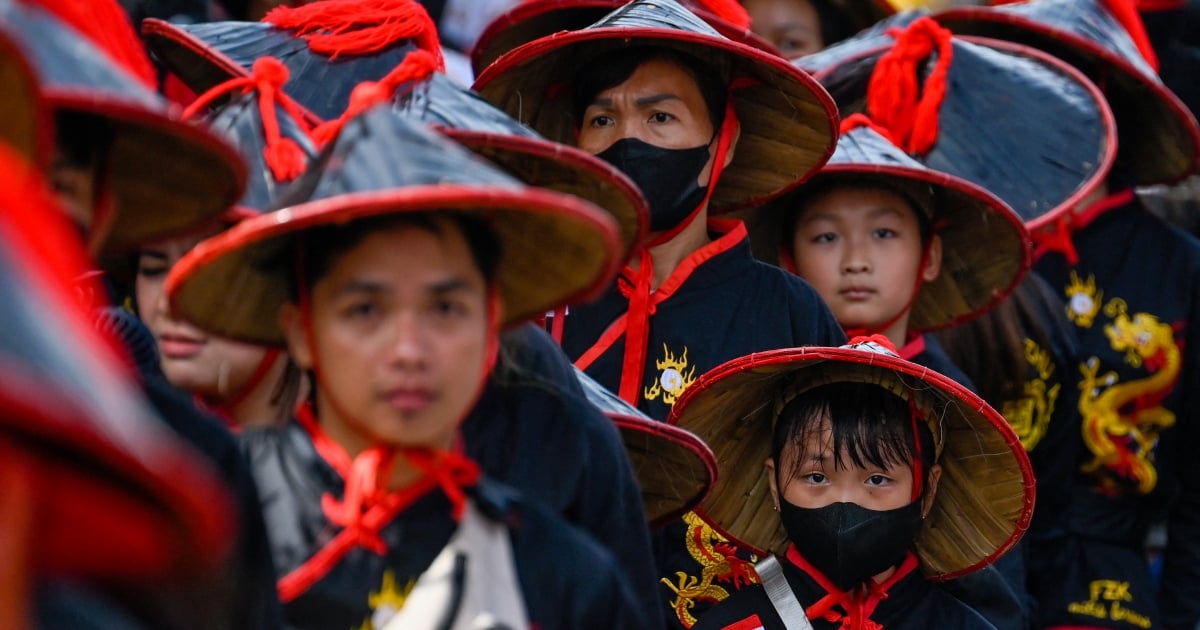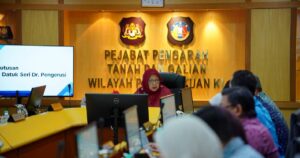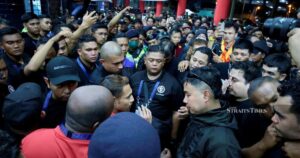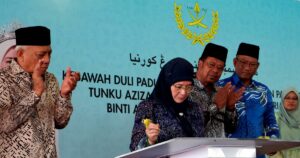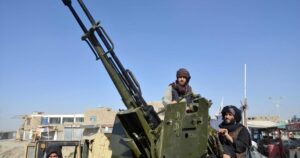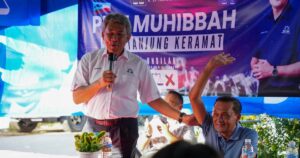Like many Sarawakians, I took advantage of the long Gawai Dayak holidays from June 1 to 4 to make a trip across the border to West Kalimantan.
Instead of heading for the provincial capital of Pontianak, as many usually do, my group of friends packed into a four-wheel drive and travelled the other way.
We took the Pan-Borneo Highway west towards Lundu.
We crossed the border in Biawak-Aruk, a far less travelled route with shorter queues than the main Tebedu-Entikong crossing.
Our destination was Singka-wang, the second-largest city in West Kalimantan.
The journey took the whole morning along a smooth, well-paved if narrow two-lane highway past kampung houses and jungles interspersed with oil-palm estates and coconut groves.
We made a lunch stop in Sambas, home to an ancient sultanate, and passed through smaller townships, such as Pemangkat and Selakau, before reaching Singkawang.
Kuching-registered cars seem-ed to be clogging the city streets. Major hotels were packed with Sarawak holidaymakers.
Singkawang seems transformed compared with my last visit more than a decade ago.
It is likely the only Indonesian city of any size where nearly half of the residents are of Chinese ancestry.
This is evident in the proliferation of Chinese temples in town and on its outskirts.
Mosques and churches are also prominent in Singkawang, reflecting its multiracial population and lending the place a feel reminiscent of Malaysian cities.
This heady racial mix was not without its problems.
At the turn of the century, in the wake of the Asian financial crisis, ugly tensions erupted between local Dayaks and migrants from Madura, resulting in many deaths.
Earlier, communist-inspired uprisings spread across the border into Sarawak.
Gold-mining Hakka kongsi gave rise to the declaration of the Lanfang Republic in 1777, which was ended by Dutch colonists more than a century later, in 1884.
Today, with democratisation following the overthrow of Suharto, Singkawang has a Chinese mayor, Tjhai Chui Mie, who was recently re-elected.
The mayor has grand plans for her city, most evident in the recent opening of a new airport.
With a new deep-sea port nearby, economic prospects for this coastal city shine brightly. This is especially true as Indonesia’s shift of its national capital to Nusantara in nearby East Kalimantan gathers momentum.
At the very least, more two-way travel between Sarawak and West Kalimantan can be expected.
Indonesian visitors to Kuching are a common sight, and Malaysian travel to West Kalimantan is on the rise.
The most recent good news has it that the main airport in Pontianak has officially regained its international status.
Flights between Kuching and Pontianak, which were cut during the Covid-19 pandemic, are expected to resume soon.
Given that medical tourists have been packing the daily flight between Kuching and Jakarta, private hospitals in Kuching can expect more patients when Pontianak flights resume.
The charms of West Kalimantan ought to be better promoted to Sarawakians to encourage a healthier, more balanced flow of visitors across the shared border.
My recent visit to Pontianak shows that the dusty old city, like Singkawang, has been largely transformed into one with well-maintained streets, high-rise international hotels and big malls.
* The writer views developments in the nation, region and the wider world from his vantage point in Kuching
© New Straits Times Press (M) Bhd
